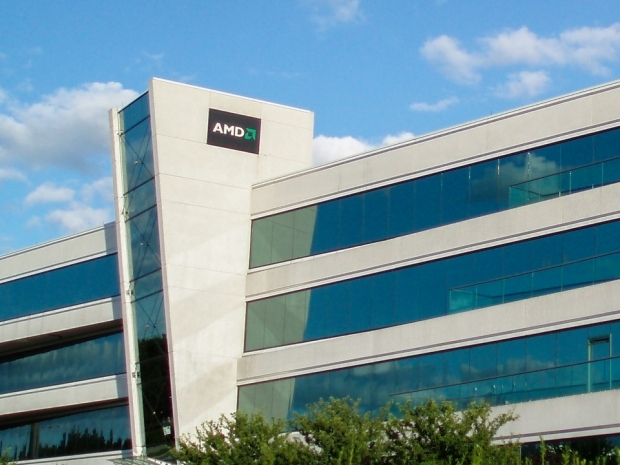The company is reporting revenue of $1.03 billion, up from $832 million in Q1 and $85 million higher than its earnings a year earlier in Q2 2015. Operating loss this quarter was just $8 million, compared with $68 million in Q1 and $137 million a year earlier.

Source: AMD Investor Relations
More specifically, the Computing and Graphics segment revenue of $435 million decreased 5 percent from Q1 but increased 15 percent from Q2 2015. The company says the quarterly loss resulted from decreased sales of desktop CPUs and chipsets, while the year-over-year increase resulted from increased APU and discrete GPU sales in the notebook market.
For AMD, Q2 2016 was a quarter characterized by the beginning of its Radeon Polaris GPU product lineup, an optimistic Zen x86 architecture announcement, the acquisition of HiAlgo, a notable PC gaming software company, and the launch of its 7th-generation A-Series APU mobile processors. Back in April, the company also announced a joint venture deal with Chinese R&D and development giant Sugon Information Industry Co., Ltd, setting the stage for the manufacture of server-based AMD Zen x86 products. Other notable announcements included the company’s involvement in Microsoft’s upcoming Xbox One S gaming console refresh and its continued involvement in Microsoft’s next-generation flagship console, codenamed Project Scorpio.
"In the second quarter we accomplished a significant milestone as we returned to non-GAAP profitability based on solid execution and strong demand for our semi-custom and graphics products," said Lisa Su, AMD president and CEO. "Based on the strength of our semi-custom products and demand for our latest Radeon RX GPUs and 7th Generation A-Series APUs, we are well positioned to drive growth and market share gains in the second half of the year."
As we mentioned during AMD’s Q1 2016 earnings results, the company is investing heavily on the continued success of quarterly revenue growth as it prepares a daring bid to recapture large portions of the high-end CPU market back from Intel with the introduction of Zen x86-based processors.
According to company CEO Lisa Su during AMD’s Computex 2016 press conference, the company will first release consumer desktop Zen CPUs, followed by an Opteron server lineup in mid-2017, followed by a notebook lineup. Interestingly, the TDP range for Zen-based Opteron server parts is below 100W and capable of dropping down to 35W, so this is promising news for the company’s desktop and notebook segments going forward for at least a few quarters.
Going forward into Q3 2016, the company expects revenue to increase 18 percent sequentially plus or minus 3 percent. This is a bold estimate going forward into the quarter end of 2016, when AMD expects to launch its first Zen x86-based processors in a curious bid against Intel to make Instructions Per Clock (IPC) performance the front and center benchmark once again. We remain optimistic that the company can deliver competition to a CPU market considerably in need of reinvestment, momentum and recognition going forward into 2017.




